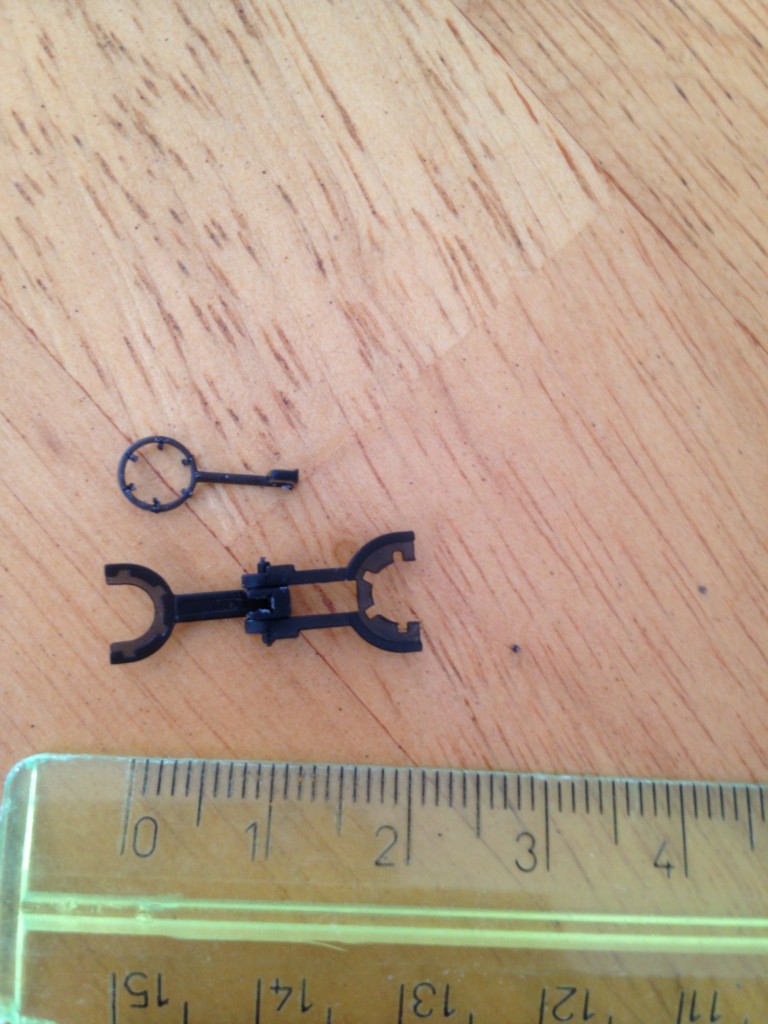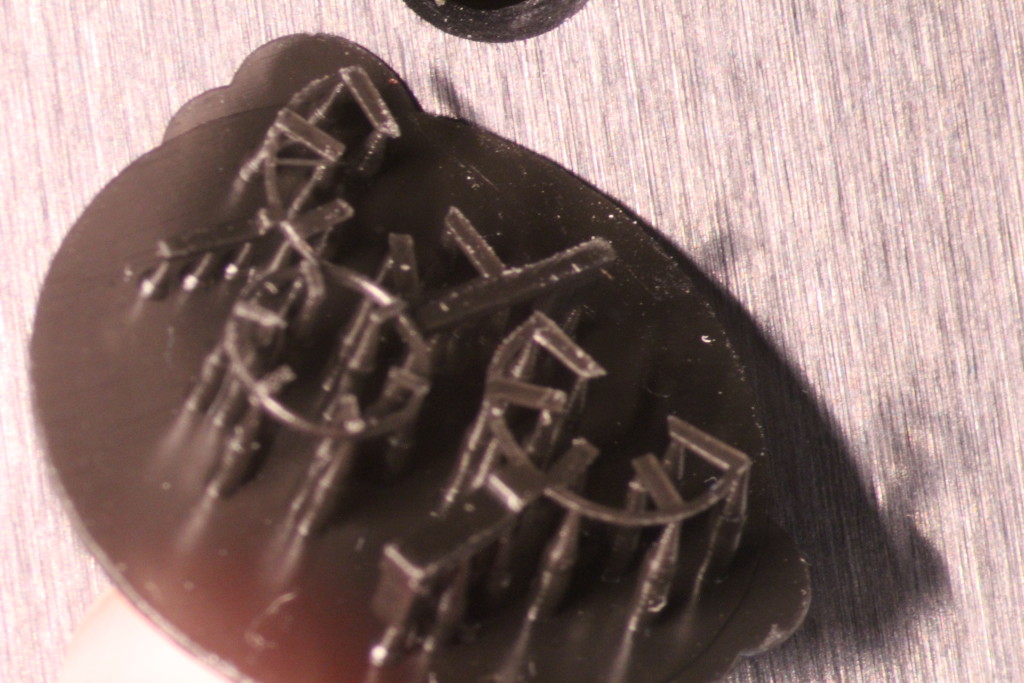The purpose of this blog is to document and report my ongoing activities in developing technology for the identification and isolation of circulating tumor cells (CTCs).
First, CTCs are rare cells (1-50 per 10^6 white blood cells (WBCS) or 10^9 Blood Cells) shed from a tumor into the blood stream. The difficulty in identifying, isolating them and developing technology to do this, is due to their rare nature. The rarity is sometimes related through the analogy of identifying terrorists 1-50 in 10^9 of the world population and I think this analogy gives a perspective on the difficulties of the problem. This technology development is also in the scope of a PhD in Bioengineering at the University of Colorado Denver | Anschutz Medical Campus.
I setup this blog to detail, in public and open fashion, my current activities in engineering this technology. I’ve come to realize that I’ve collected a good amount of data on things that work and things that don’t and I want to disclose this findings and the data. Also, I’m hopeful that by disclosing them I can get feedback from you and develop them faster. This disclosure process is a delicate process since I’m also interested in publishing and developing IP on this work.
This is my second attempt at trying to setup a blog. First time failed due to a lack of commitment. I also wasn’t happy when blogger.com discontinued the ability to update to ones self owned server (in my case gregfutia.com) early on in the process because I don’t like losing control of my content to whoever is hosting.
CTCHunter1 was the name of the twitter handle I setup after I attended the 21st Cytometry Development Workshop at the end of October, 2014. It was a great conference and afterwards I realized I need to use the internet better to say in touch.
I set this website up using wordpress.org. It was pretty easy after downloading the tar.gz and setting up the databases. The initial setup time really was ~5 minutes. So far I’ve been pretty happy with it.













